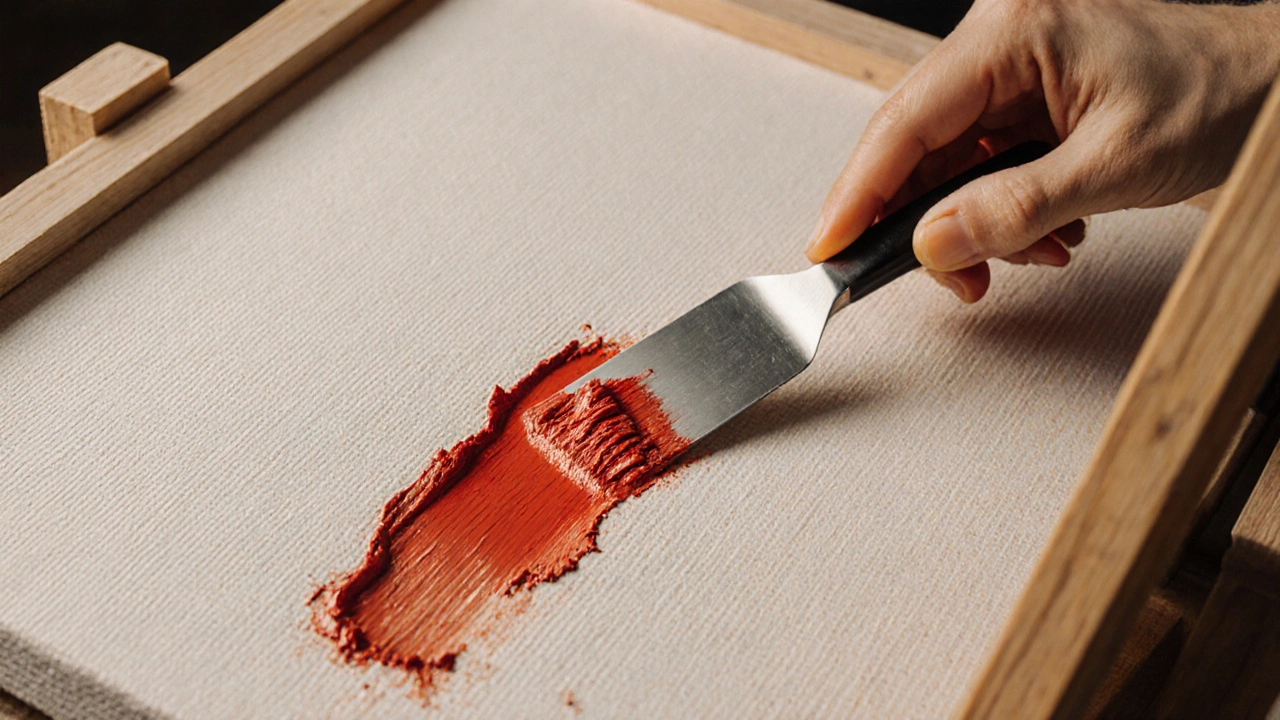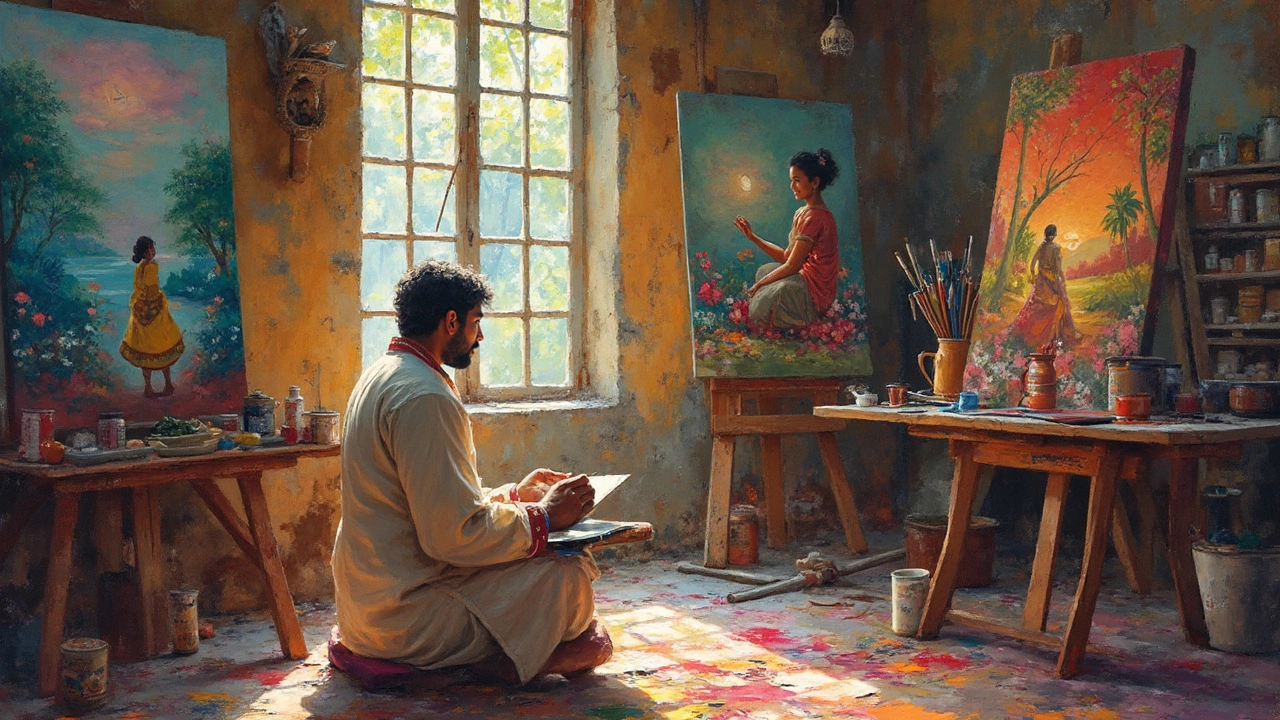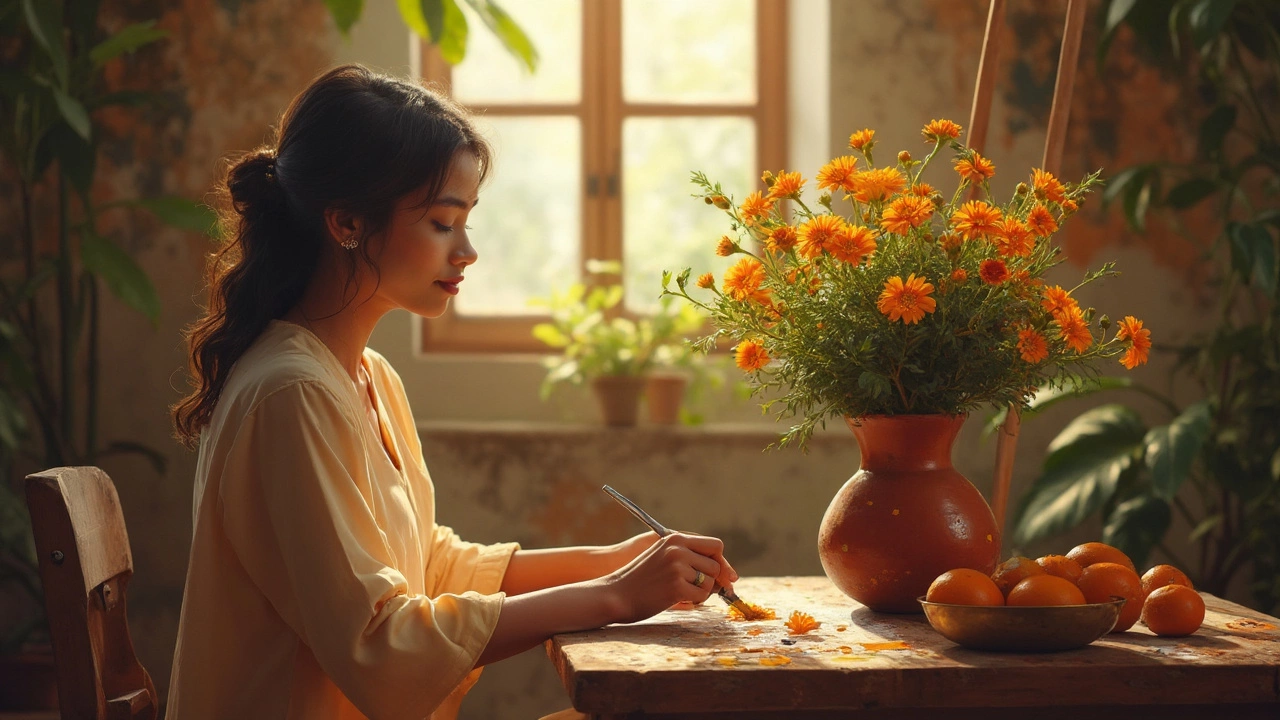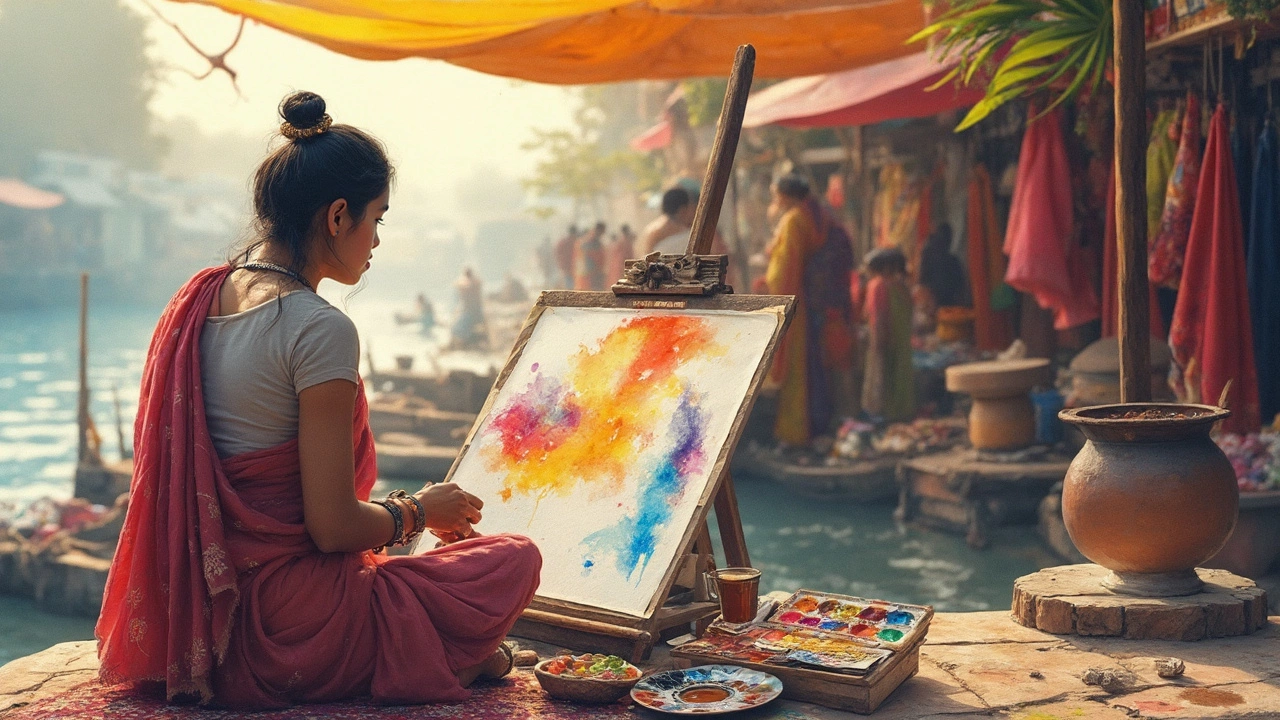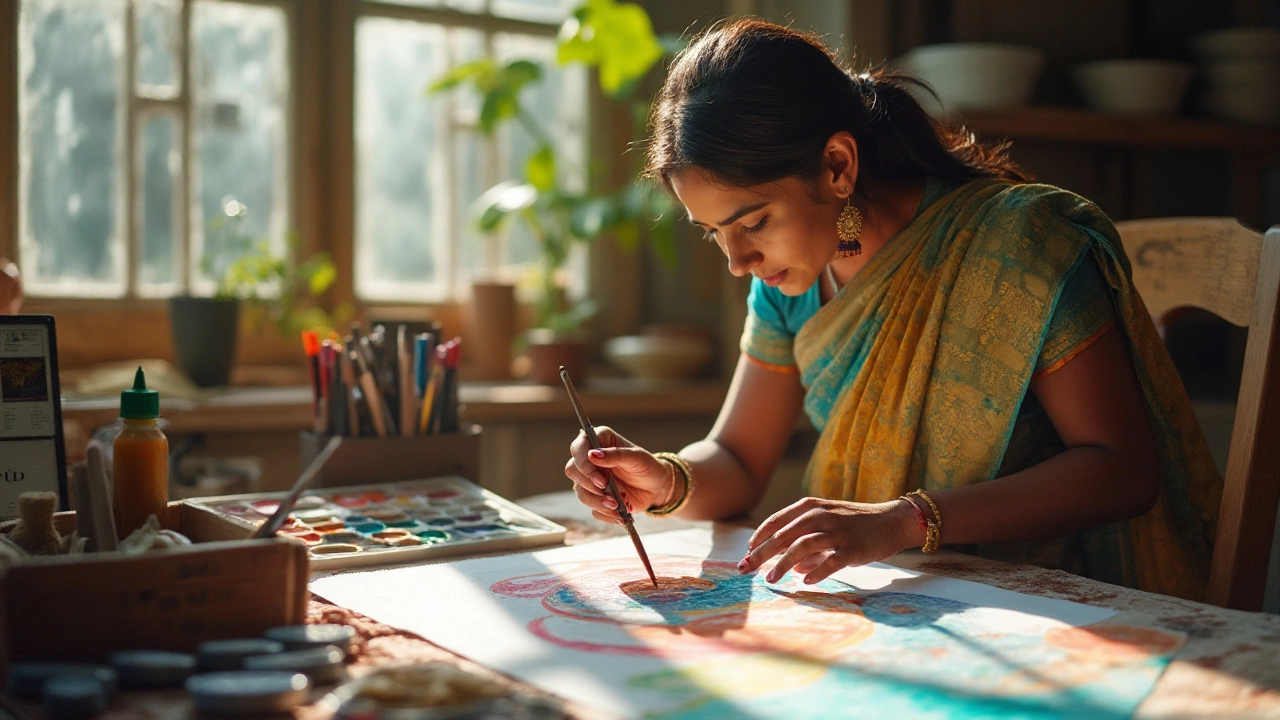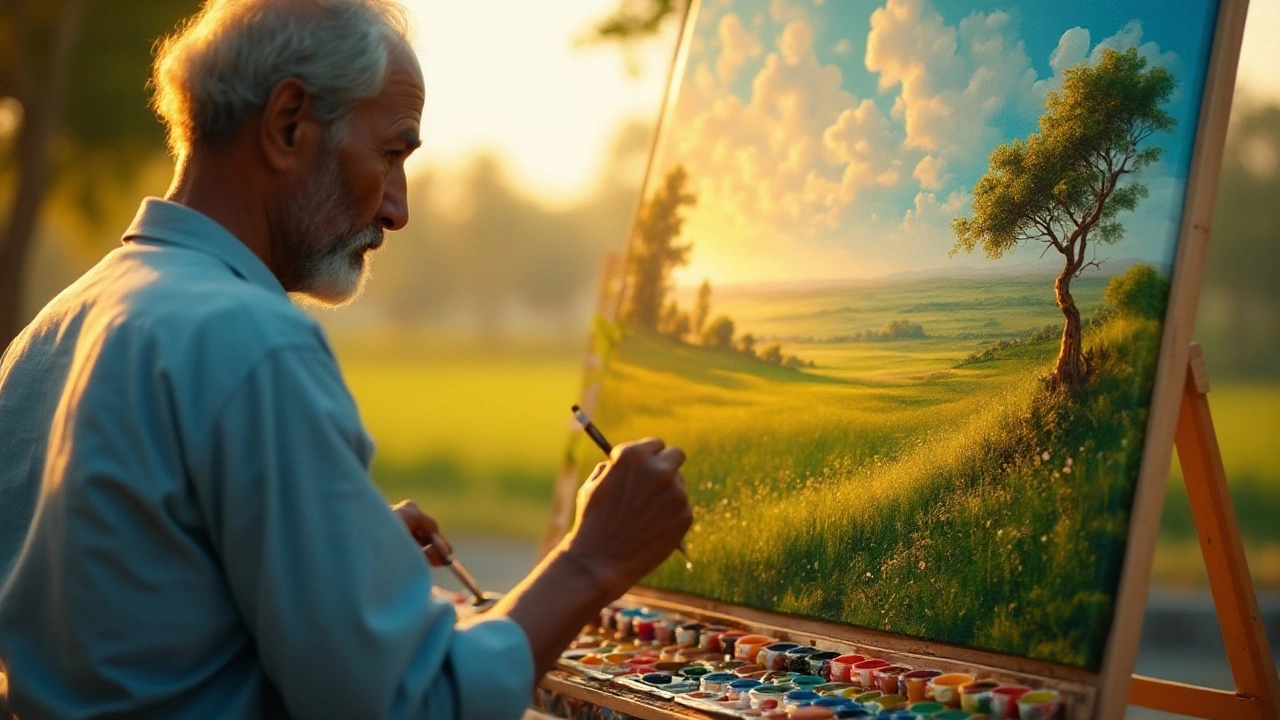Painting Tips: Quick Tricks for Better Art
Ever feel stuck halfway through a canvas? You’re not alone. Most painters hit a wall when they don’t have a few go‑to tricks up their sleeve. Below are easy, practical tips you can try right now, whether you’re using oils, acrylics, or watercolors.
Start with the Right Basics
First thing: pick the right brush for the job. A flat brush spreads paint fast, while a round one lets you add fine details. Don’t grab the biggest brush you own for a tiny highlight – you’ll waste paint and time.
Second, keep your palette clean. A dirty palette mixes unwanted colors and muddies your work. Wipe it with a paper towel or a wet rag after each color change. It only takes a few seconds and your colors stay vibrant.
Third, thin your paint a little with the proper medium. Water works for watercolors, but for acrylics use a small amount of acrylic medium; for oils, try linseed oil. Too much thinner makes the paint run, too little makes it stiff.
Boost Your Painting with Simple Hacks
Need more depth? Try a quick glazing technique. Paint a transparent layer of a darker color over a dry area and let it dry. The underlying hue will peek through, adding richness without extra effort.
When you’re unsure about a color mix, test it on a scrap piece of canvas first. This saves you from ruining the main artwork and helps you see how the colors behave once they dry.
Use a palette knife for texture. Even a simple scrape can give your painting a three‑dimensional feel. Press the tip of the knife into wet paint and pull it away – you’ll get a ridged effect instantly.
Lighting matters a lot. Paint in natural daylight whenever possible. Harsh lamp light can trick your eye, making colors look cooler or warmer than they truly are.
Don’t forget to step back. After a few minutes, the details can blur. Walking a few steps away gives you a fresh view and helps you spot balance issues early.
If you’re working with watercolors, lift color with a clean, damp brush. This technique lets you correct mistakes without scrubbing the paper, preserving the paper’s texture.
For acrylics that dry too fast, mist your canvas with a spray bottle. The mist slows drying, giving you a longer window to blend colors smoothly.
Lastly, protect your finished piece. A clear varnish or fixative keeps colors from fading and adds a uniform shine. Choose matte or glossy based on the look you want.
Try these tips on your next painting session. You’ll notice smoother workflow, brighter colors, and fewer frustrating moments. Keep experimenting, and remember the best tip of all: enjoy the process. Happy painting!
